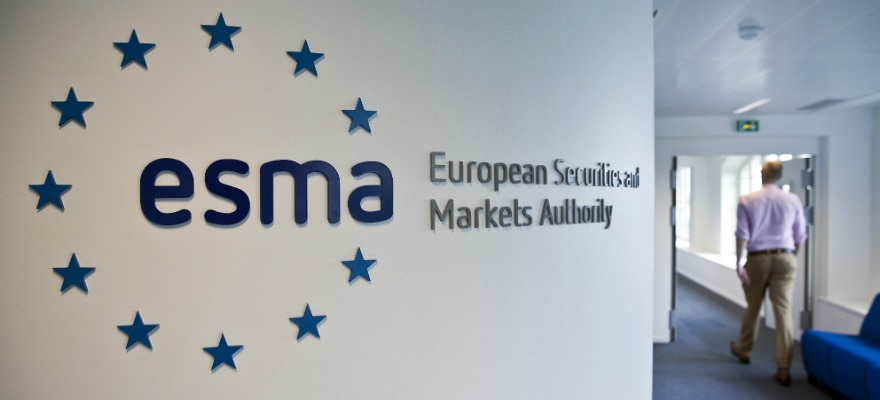The European Securities and Markets Authority (ESMA ) announced today it has submitted a response to the European Commission's (EC) consultation on a new digital finance strategy for the European Union (EU).
The regulator welcomes the EC consultation noting that it builds on the 2018 Fintech Action Plan that set a number of deliverables for the ESAs, all of which were completed.
Cooperation around financial innovation at the EU level is key to remove the fragmentation in the digital financial services market, according to ESMA.
The European regulator believes that certain specific initiatives would support this goal, such as developing Digital Financial Identities that are usable and recognized throughout the EU, based around the existing ISO 17442 global standard of the Legal Entity Identifier (LEI).
ESMA's response also outlines several conditions needed for a well-regulated data-driven financial sector, including appropriate skills, data standardization, and data security.
Risks and benefits
In its statement, ESMA focuses on the risks and benefits of the digitalization of the financial sector. Benefits include increased speed, efficiency, convenience, and greater economies of scale as well as automated tools that help firms and authorities detect cases of poor conduct. Risk areas include data security, operational incidents, data privacy, pricing, sales practices, and the financial exclusion of some individuals.
ESMA highlights the importance of ensuring a technology-neutral EU financial services regulatory framework that supports innovation. An EU-wide harmonized regulatory/supervisory framework is necessary to allow innovative firms in the EU to reach the scale that they need and provide for the necessary safeguards to investor protection, financial stability, and orderly markets, according to ESMA.
Removing fragmentation
Another important point in the regulator's response is the removal of fragmentation in the single market for digital financial services. ESMA states that an important way to address fragmentation in the single market for digital financial services is through cooperation at the EU level, for example, through the European Forum for Innovation Facilitators (EFIF) established by the Joint Committee of the ESAs.
Certain specific initiatives, such as electronic identification initiatives, including eIDAS, can support the goal of removing fragmentation in the single market for digital financial services. Digital Financial Identities that are usable and recognized throughout the EU depend on the introduction of a unique standardized and harmonized means of identification. Such means already exist in the financial sector in the form of the LEI, which should be promoted to the maximum extent possible.
Moving towards a well-regulated data-driven financial sector
Additionally, ESMA concentrates on promoting a well-regulated data-driven financial sector. A challenge for firms, authorities, and consumers alike is to build the necessary knowledge and expertise to benefit from digital technologies. Key requirements for efficient and easy use of data are data standardization and harmonization, the security of IT-systems, and legal certainty regarding pertinent responsibilities, liabilities, and usage permissions.
For publicly available data to be easily usable, they need to be subject to unrestricted access in a timely manner. Data quality issues should be addressed through robust verification mechanisms, and text data need to be in a machine-readable format. An area of interest for ESMA is the potential for AI-based tools (such as machine learning) to support the authority's statistics-related activities.
Letter to the European Commission
A letter to the EC from Steven Maijoor, the ESMA Chair, accompanies the response and summarises the main points. To prepare its response, ESMA has taken into account the detailed analyses it has carried out in recent years on topics such as Distributed Ledger Technology and Crypto-Assets (CAs).

















